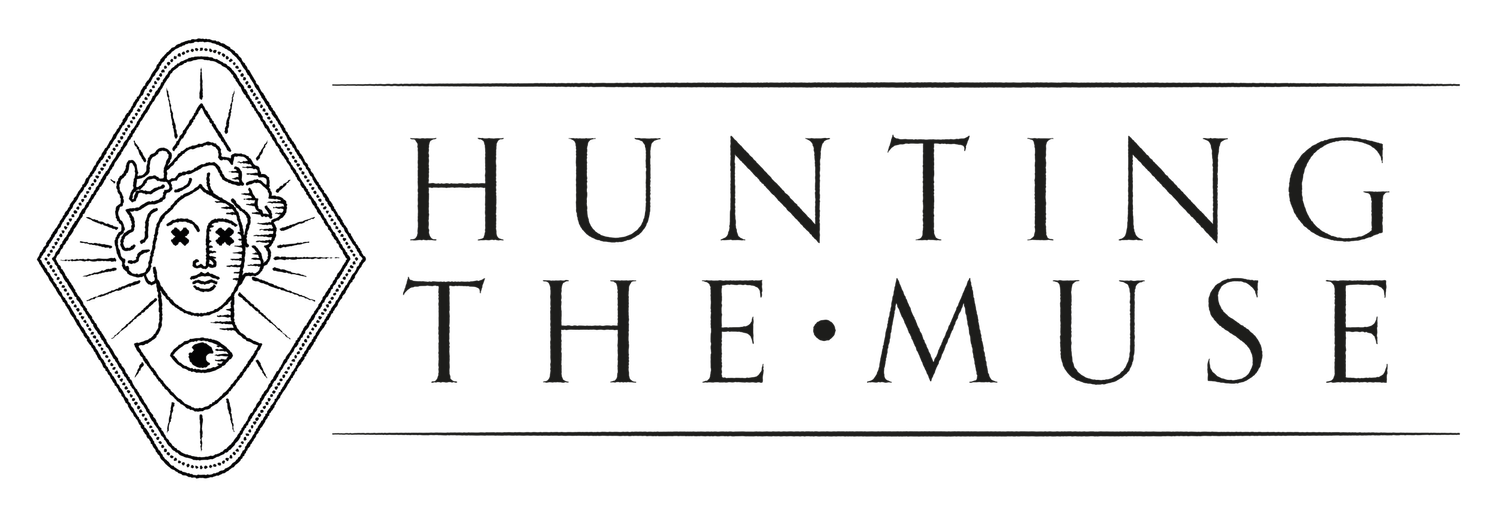How to create a writing routine (and rebuild it when it’s destroyed)
Not gonna lie… I’m in a slump.
It’s summer in Barcelona, and I don’t need any excuse to trade my writing desk for the beach. The short story I was working on is so dusty in my drawer I can barely read the first page.
It’s a strange and sorry state, because I know what it feels like to be creatively on fire: with so many ideas flying at me that the tiny net of my mind can’t catch them. I know how it feels to have the exact right words flow through me, almost like I’m not writing them, I’m receiving them.
But my writing routine has been knocked off-course before, and I know how to turn it around. Here are the five forces that always bring me back, and the foundation I rebuild my writing routine on.
1. Momentum: Make a chain
Jerry Seinfeld once revealed what was behind his success as a stand-up comedian, writer, and actor. His answer would make Fleetwood Mac proud: “Never break the chain.”
Seinfeld hung a big calendar on a prominent wall, and every day he got his writing done, he could place a big red X on the calendar. After a few days, he made a chain. And as that chain grew longer, his writing evolved.
It’s easy to see why Duolingo is famous for ‘streaks’: consistency is at the heart of forming any habit. Likewise, a chain of red X’s keeps you accountable to yourself and your writing goals. I’ve tried this technique within my Google Calendar, turning the time slot green if I wrote that day, and red if I didn’t. I don’t like the red days and strive for the greens.
Jerry Seinfeld and his writing notes.
Ernest Hemingway also understood the importance of momentum: he stopped mid-sentence or mid-paragraph while his writing was going strong to avoid a blank page the next day. Basically, he cliffhangered himself.
Even 4 sentences over 4 days is better than a row of red X’s. Keep momentum and you’ll always know where you are on the piece you’re writing, and you’ll only need to make sure you show up (we’ll cover that in steps 4 and 5 😉).
2. Identity: Return to your ‘why’
Self-doubt is normal when you’re in a slump. You might say to yourself: Why am I doing this anyway? Who cares, really? What would it change?
First, slap yourself in the face (twice) and then centre on why you write or create anything in the first place. It could be your audience (if you have one), or the benefits of your business and brand, or personal wins and self-expression.
Make a list that reaffirms your creative identity. For me, I write because it connects to some of my core principles:
Compassion: To share my point of view and help, inspire, or empower others
Community: To create common bonds with people and a reason to connect
Wisdom: To research, understand, and learn more about who I am
Self-expression: To make the inner child happy through creativity
When your writing routine is falling apart, journal on why you write in the first place. Let that be the wake-up call that triggers your momentum.
3. Resilience: Set boundaries against noise
Once upon a time, you received some shitty feedback about your writing that wobbled your confidence. You know who else got slammed by critics or rejected by publishers? Literally all of your favourite writers.
It takes wisdom to understand whose ‘advice’ we take on board. Listening too widely (instead of receiving feedback from people we trust or look up to) can knock our confidence and put our writing routine in jeopardy.
We are very rarely the finished article, and our whole life is our practice. Keep adding ‘green X’s’ to the calendar, no matter what anybody says.
Here are two actions that have kept me resilient when self-doubt creeps in:
🍯 Praise Jar: I keep a Notion document with screenshots from every moment someone said something positive about my work, my character, or my writing. When imposter syndrome kicks in, I review it and feel backed by those who know me.
📊 Progress check-in: Every now and again, I’ll review the traffic figures/impressions of my website and think ‘whoa’. You can look back at what you’ve written so far, or work you’ve previously done. It shows you’re capable of building something.
Some of the traffic and impression figures so far on Hunting the Muse. Blows my mind.
4. Place: Set and enter your creative space
Where can you go where you have two choices: write, or not write, and nothing else?
For me, this quiet space is my desk, or occasionally, the swinging chair on my patio. If I sit there, shit is getting done. I don’t play phone games there. I don’t read there. I write there.
Where a lot of this writing gets done.
Occasionally, if I’m not feeling it, I’ll find a new space, such as a cafe where a coffee can help power me through a slump period. Stephen King places his desk against a wall (not a window) so he can be distraction-free. That’s his place.
We all need a place. Sometimes, that place changes, and sometimes, that place is a 10-minute journey on the metro or a waiting room at the doctor. Recognise where you’re most consistent, or where’s adequate to keep the momentum going, or where might be nice to make a change, and get there as often as possible.
Plug for my Instagram, where I make videos like this about topics like creative spaces.
5. Time: Protect what’s sacred
Time. If you don’t control it, it’ll be taken from you.
My writing routine relies on knowing the place (writing desk or cafe) and time I will be at that place (early mornings before work/some evenings/weekend mornings).
Blocking at least an hour is a statement to yourself and others: I’m ok(ish) about distraction at other times, but not this one. This time is mine, thanks.
Be aware and cautious with deadlines. What I’ve learned about deadlines while working as a content project manager in the tech world is that we often struggle to judge them.
Parkinson’s Law states that ‘Work expands to fill the available time’. What we think will take 3 weeks can be done in a matter of days if we prioritize our energy toward it.
This is so often true for creative work. Mary Shelley drafted Frankenstein in under a week. Prince wrote and recorded Purple Rain in one rehearsal session. Creative work executed without delay has an urgency and excitement that is hard to replicate over a longer timespan. Don’t rush, but make the most of that energy.
So when considering time, think micro: commit to a timeslot to craft the work every day, and think macro: plan your timespan, which may be shorter than you think.
A break in your routine can be the turning point
And just like that, I’m out of the slump:
I remembered why I write, carved out the time, put myself in the right place, gave myself a pat on the back for my progress, and decided I’ll execute this article fast, and now I can use that momentum to continue to my next piece.
But the next time I drop writing for a week (or four), I won’t beat myself up about it.
Stepping away from the work is a critical part of the process: to observe, to embrace change, and to be a participant in the game of life. And this space, more often than not, gifts me the stories, energy, and fresh perspective to start writing once again.
Heads up: this post contains a sponsored link. I only share you products and resources I’ve used, read, and/or believe in, and any proceeds go straight back into keeping this site alive (domain costs, site features, and upkeep). Thank you for understanding and supporting Hunting the Muse.






